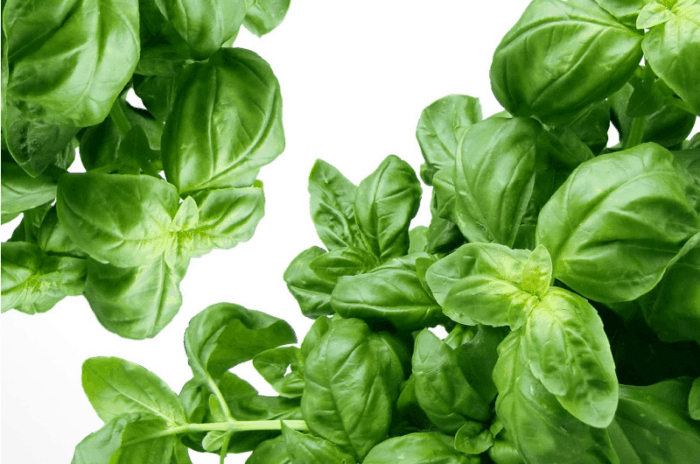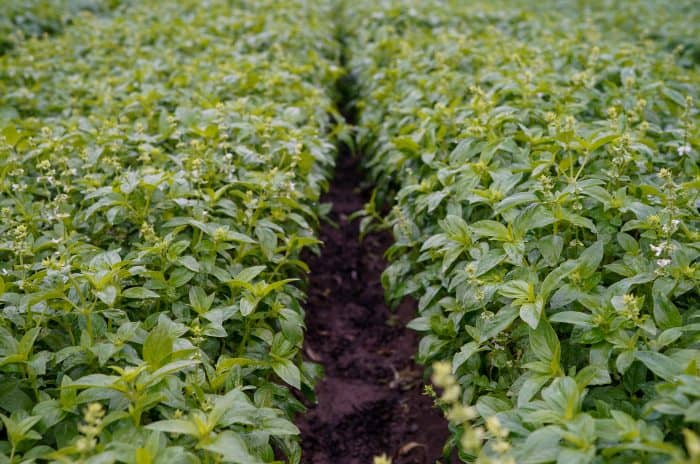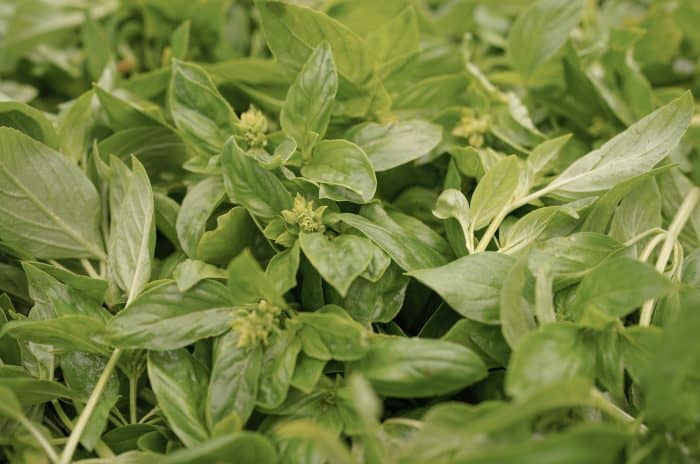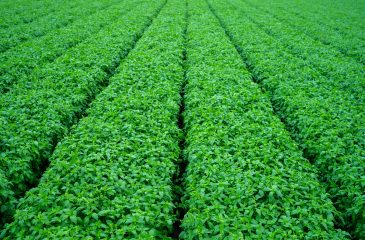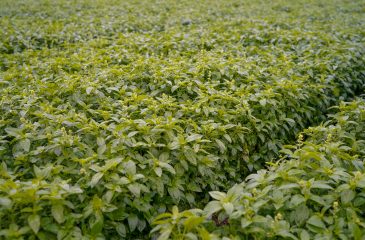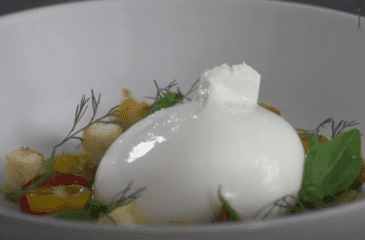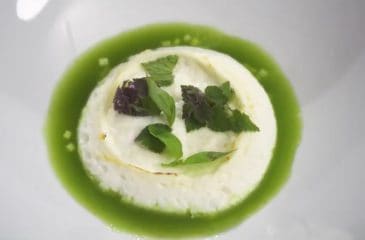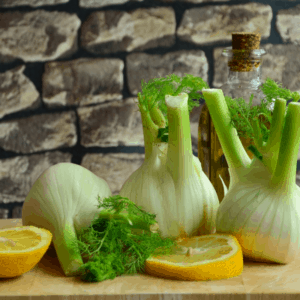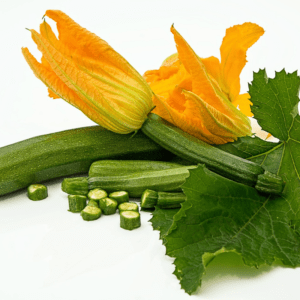Basil (Ocymum basilicum) is an annual herbaceous plant, belonging to the Lamiaceae family, normally cultivated as an aromatic plant. It grows well when the sun is abundant and the temperature between 20°C and 25°C, as in the Mediterranean climate.
About 60 varieties have been classified, each with their own special appearance and aroma.
Among the main varieties:
- common basil (basilicum ‘Crispum’) with large leaves with a rippled surface and an intense aroma
- Genovese basil (basilicum ‘Italiano Classico’) renowned in Italy for producing pesto, has a jasmine, liquorice and lemon aroma
- Greek basil (basilicum ‘Minimum’) with small elongated leaves, has a sweeter and less pungent scent than broad-leaved varieties and is better suited to cold climates
- Thai basil (basilicum var. Thyrsiflora) leaves have an aroma reminiscent of mint and clove, and are used with seafood and exotic soups
- Mexican purple basil (basilicum ‘Purple Ruffles’), with decorative purple leaves and pale pink flowers, has a sweet and slightly spicy aroma, can be used in salads
- Mexican basil (basilicum ‘Cinnamon’) with a strong cinnamon scent and purple flowers
- Dark Opal Basil (basilicum ‘Dark Opal’) is similar to Mexican basil, with a more intense flavour
- Lettuce basil (basilicum ‘Lettuce Leaf’) and Neapolitan basil (basilicum ‘Napoletano’) are varieties with larger leaves.
Fresh leaves are the main ingredient of Genovese pesto, a symbol throughout the world of Ligurian gastronomy—most known for its pasta-saucing ability: especially the Trofie shape, of Liguria.
Basil adds its sweet fragrance and savoury flavour to so many things: scrambled eggs or omelettes; with fish (especially red mullet and lobster) or with Mediterranean vegetables such as aubergines, courgettes and peppers.
It’s used a lot in Asia as well, especially in Thailand, Taipei – delicious garnishing soup or fried rice!
the aromatic basil leaves are added to the ripe tomatoes of summer, and fresh milky mozzarella, you have the Caprese, the Italian symbolic salad that represents the tricolour of the national flag.
Dried, basil leaves are used in sauces, stews, and soups, though their concentrated taste is slightly more bitter, and an aftertaste of mint (which is it related to) appears.
Basil’s essential oil is used for perfumes and liqueurs, while from the distillation of the fresh plant an essence containing eucalyptol and eugenol is obtained.
Basil is one of the most typical crops of Liguria, the symbol of a traditional agriculture suspended over the sea and a cuisine with historic flavours.
Benefits of eating basil:
- source of copper, vitamin C, vitamin A, calcium, iron, folic acid, omega 3 fatty acids and magnesium
- antibacterial properties
- anti-inflammatory effects
- calms a cough
- relieves anxiety, stress and insomnia
- digestive properties (suitable for nausea and indigestion).


